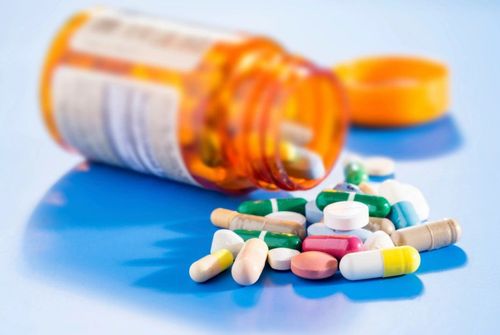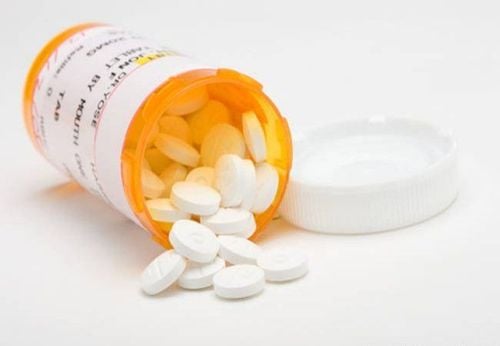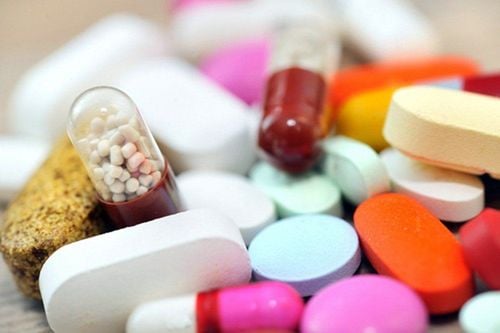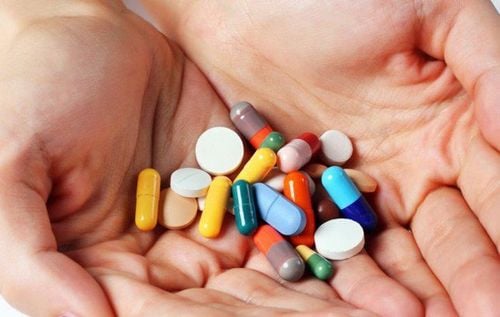This is an automatically translated article.
Posted by Pharmacist Quang Anh Nguyet - Pharmacist in charge of pharmacy - Faculty of Pharmacy - Vinmec Central Park International General HospitalDrug interaction is the interaction between one drug and another, between a drug and a physiological or pathological state of the body. The results of drug interactions make drugs increase or decrease the therapeutic effect, or give rise to some unwanted effects that are detrimental to the patient.
1. What are drug interactions?
If the patient is taking many different drugs, or is being treated by more than one doctor, or has a special medical condition, they are more likely to experience drug interactions. Drug interactions are interactions between one drug and another, between a drug and a physiological or pathological state of the body, and possibly also with certain foods they take. The results of drug interactions make drugs increase or decrease the therapeutic effect, or give rise to some unwanted effects that are detrimental to the patient.
2. What causes drug interactions?
The cause of a drug interaction is a reaction between the drug and the drug, either with the patient's health condition or with the foods that the patient is taking. Interactions can occur at any stage of the drug's entry into the body, from when the drug is absorbed, distributed, metabolized, acted upon, and eliminated.
Tình trạng sức khỏe của người bệnh có thể ảnh hưởng đến khả năng tương tác thuốc
There are 3 main types of drug interactions:
2.1. Drug-Drug Interactions Can occur when a patient takes two or more drugs and there is an interaction between them. For example, taking a narcotic (sedative) and an anti-allergic (antihistamine) can make you more drowsy, sluggish, less responsive, and dangerous while driving. or operate machinery. Drug interactions can increase the activity and effect of the drug, but also reduce the therapeutic effect, as in the case of some antibiotics such as ciprofloxacin, levofloxacin, reduced absorption, decreased effect when taken concomitantly with tonic containing metal ions such as iron, calcium. In addition, the drug also interacts with the drug causing unwanted effects, harmful toxicity to the body. For example, taking cholesterol-lowering drugs such as atorvastatin and rosuvastatin along with antibiotics such as clarithromycin increases the risk of acute rhabdomyolysis or kidney failure.
2.3. Drug interactions – health status of the patient Elderly people, people with many chronic comorbidities are the group most likely to encounter this type of interaction. Drugs with separate pharmacological properties will interact with the patient's pathological and physiological conditions such as hypertension, diabetes, coronary artery disease or liver failure, kidney failure... harm or worsen an existing medical condition. For example, taking nonsteroidal anti-inflammatory drugs to relieve joint pain in a person with high blood pressure can cause that person's blood pressure to rise, get out of control, or lead to a number of other cardiovascular complications if the person has high blood pressure. The disease is self-administered long-term, uncontrolled.
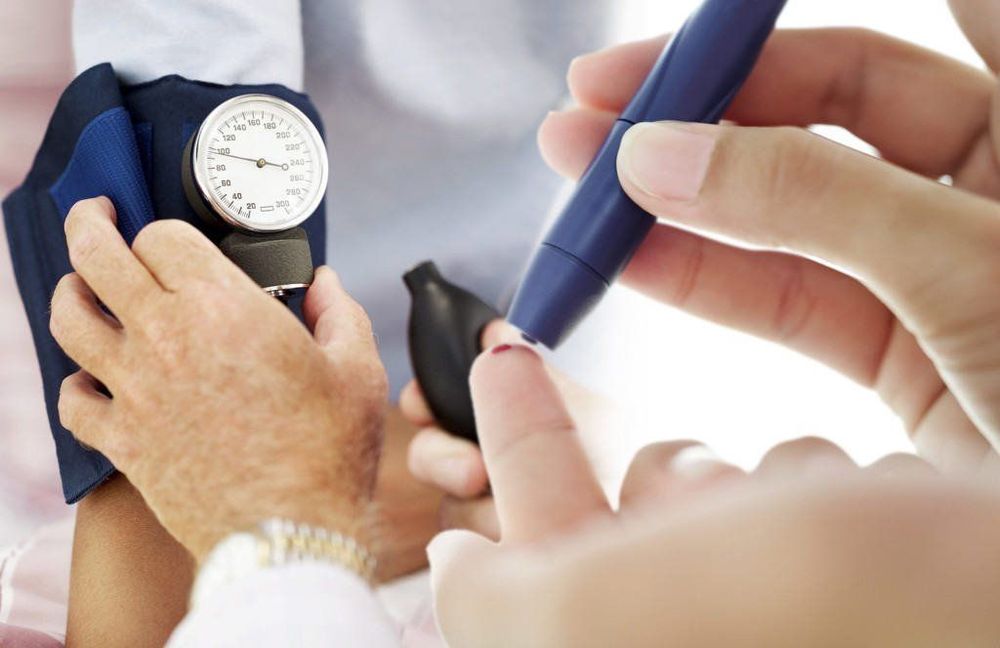
Bệnh lý tim mạch, huyết áp và đái tháo đường,... là nhóm dễ gặp phải loại tương tác thuốc
3. Are there any symptoms of drug interactions?
On the market, there are tens of thousands of different drugs, each with different properties and effects, leading to countless interactions between these drugs when combining treatment. That is not to mention the foods, drinks and other products used during the treatment. Therefore, there is no single, generalized symptom for drug interactions.
The person who knows best about drug interactions is the doctor or pharmacist, who examines, treats and reviews the patient's prescription. At Vinmec, all prescriptions are considered by doctors and pharmacists to suit the patient and ensure safety, without causing harmful side effects. Patients also need to be counseled on drugs, guided on how to take drugs and notes when taking with other drugs, foods, and health protection products as well as monitoring strange and harmful symptoms related to them. during drug use.
4. What to do to avoid drug interactions?
Always tell your doctor or pharmacist about any medications you are taking. In addition, dietary supplements, functional foods, minerals or other traditional medicines and medicinal herbs also need to be listed in full when the patient consults with the doctor.
Patients should carefully read the instructions for use, information about the drug, including possible interactions with the drug. Patients also need to understand the drug, its effects, how to use it, and how to minimize the risk of interactions and other harmful effects when consulting with a pharmacist. When patients have concerns or do not understand clearly about the drug, the patient can ask the treating doctor or pharmacist to ensure the safety and effectiveness of the drug.

Trước khi dùng thuốc người bệnh cần được tư vấn kĩ về cách dùng thuốc an toàn
Vinmec International General Hospital is one of the hospitals that not only ensures professional quality with a team of leading medical doctors, modern equipment and technology, but also stands out for its examination and consultation services. comprehensive and professional medical consultation and treatment; civilized, polite, safe and sterile medical examination and treatment space.
Customers can directly go to Vinmec Health system nationwide to visit or contact the hotline here for support.




